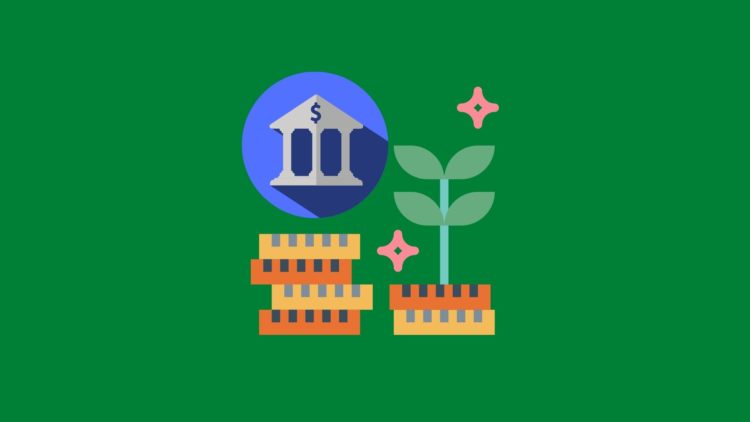Member Exclusive, WTF
WTF is a banking desert?
- Bank deserts exist in areas without banks.
- Access to financial services has a sociological and financial impact on people.





